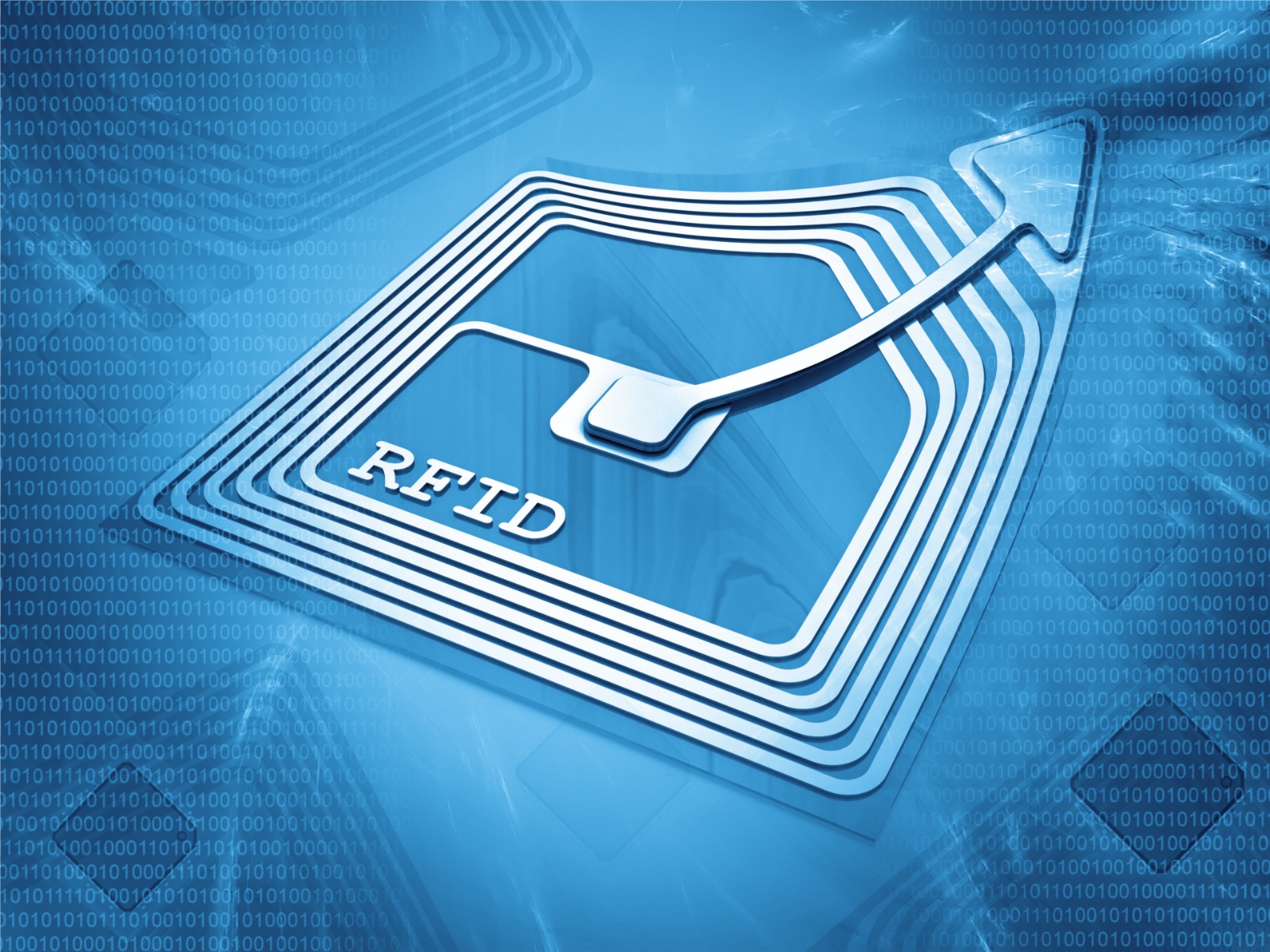How to Code RFID Tag

Today, we will give you the answer to the question of how to code the RFID tag, which has become quite common recently. RFID (Radio Frequency Identification) technology is widely used in various industries to track and identify items. It is an automatic identification technology that uses radio waves to transfer data between a tag and a reader. The RFID system consists of two main components: an RFID tag and an RFID reader. In this article, we will focus on how to encode an RFID tag.
To encode an RFID tag, you need to have an RFID encoder or printer, a device that writes data to the tag. The process of encoding an RFID tag involves writing data into the tag's memory. The data can be in the form of numbers, letters or symbols. It can be used to identify the object to which the tag is attached. The data can also be used to store additional information such as the date of manufacture, expiry date or serial number of the product.
What kind of a path should be followed
The first step in encoding an RFID tag is to determine what data you want to write to the tag. This will depend on the application and requirements of the RFID system. For example, if you are using RFID tags for inventory tracking, you may want to write the item code, quantity, and location of the item. If you are using RFID tags for access control, you may want to write the name and ID number of the person authorised to access the area.

Once you have determined the data you want to write to the tag, you need to format the data correctly. The format will depend on the type of RFID tag and the memory structure of the tag. For example, if you are using an EPC (Electronic Product Code) RFID tag, you will need to format the data according to the EPCglobal standard. If you are using a custom RFID tag, you will need to format the data according to the tag manufacturer's specifications.
After formatting the data, you need to connect the RFID encoder or printer to your computer. You will then need to install any software. The software will allow you to enter data and configure the encoder's settings. The settings include the frequency of the RFID signal, the output power and the encoding speed.
Next, you need to place the RFID tag in the encoder's encoding area. The encoding area is the area where the tag will receive the signal from the encoder. Make sure that the tag is correctly aligned and that there are no obstacles between the tag and the encoder.
Once the label is placed, you can start the encoding process. The encoder will send a signal to the label and the label will respond by sending back its unique identifier. The encoder will then write the data into the tag's memory. The encoding process takes a few seconds or a few minutes, depending on the amount of data and the speed of the encoder.
After the encoding process is complete, you can test the label to ensure that the data has been written correctly. You can use an RFID reader to read the data on the tag and verify that it matches the data you entered into the software.
Labels: RFID, rfid label, rfid tag, kodlama, label kodlama
March 24, 2023
Return to List